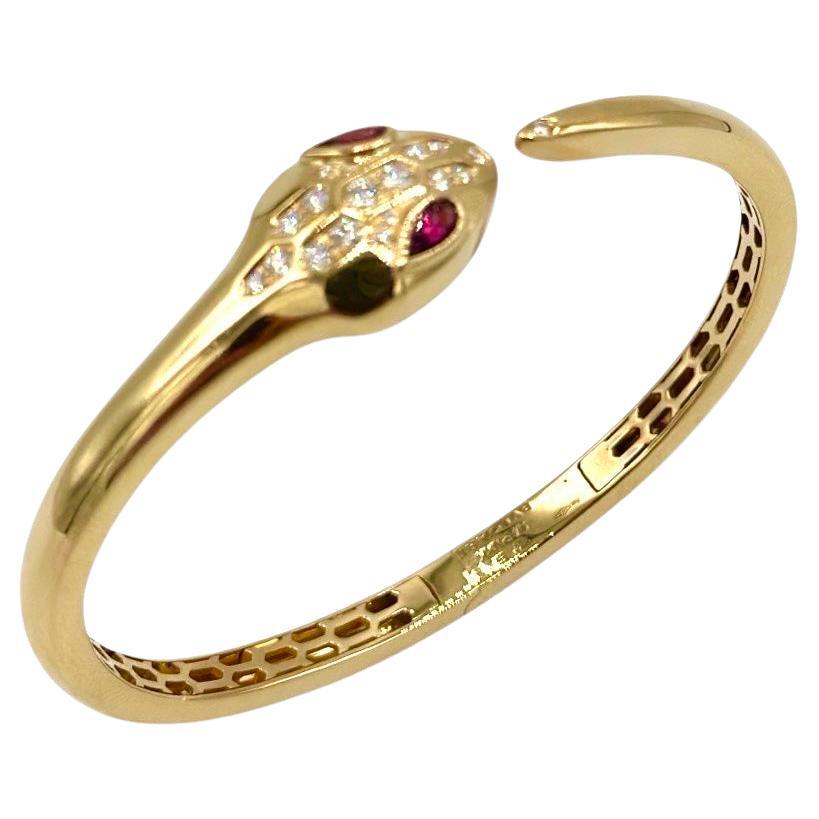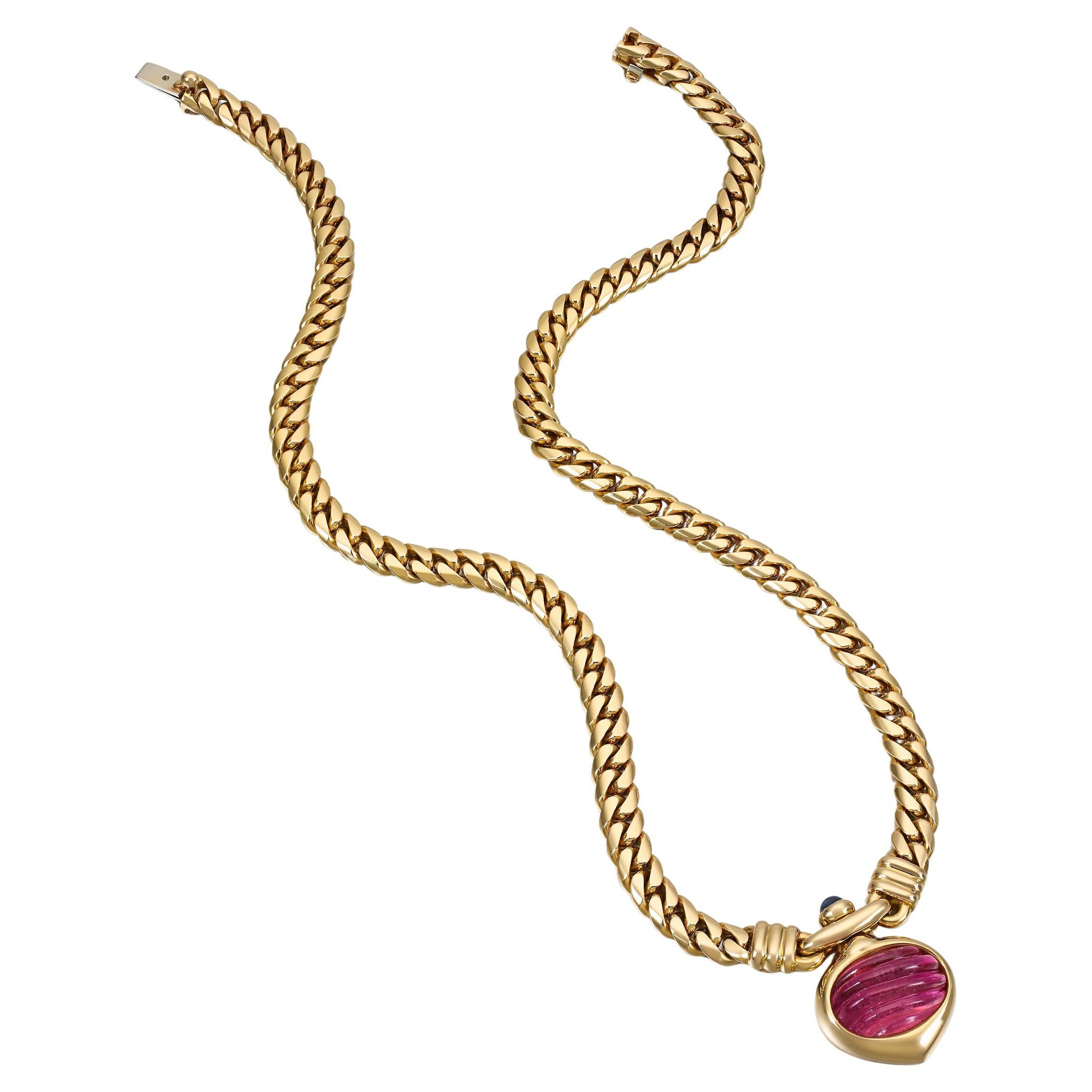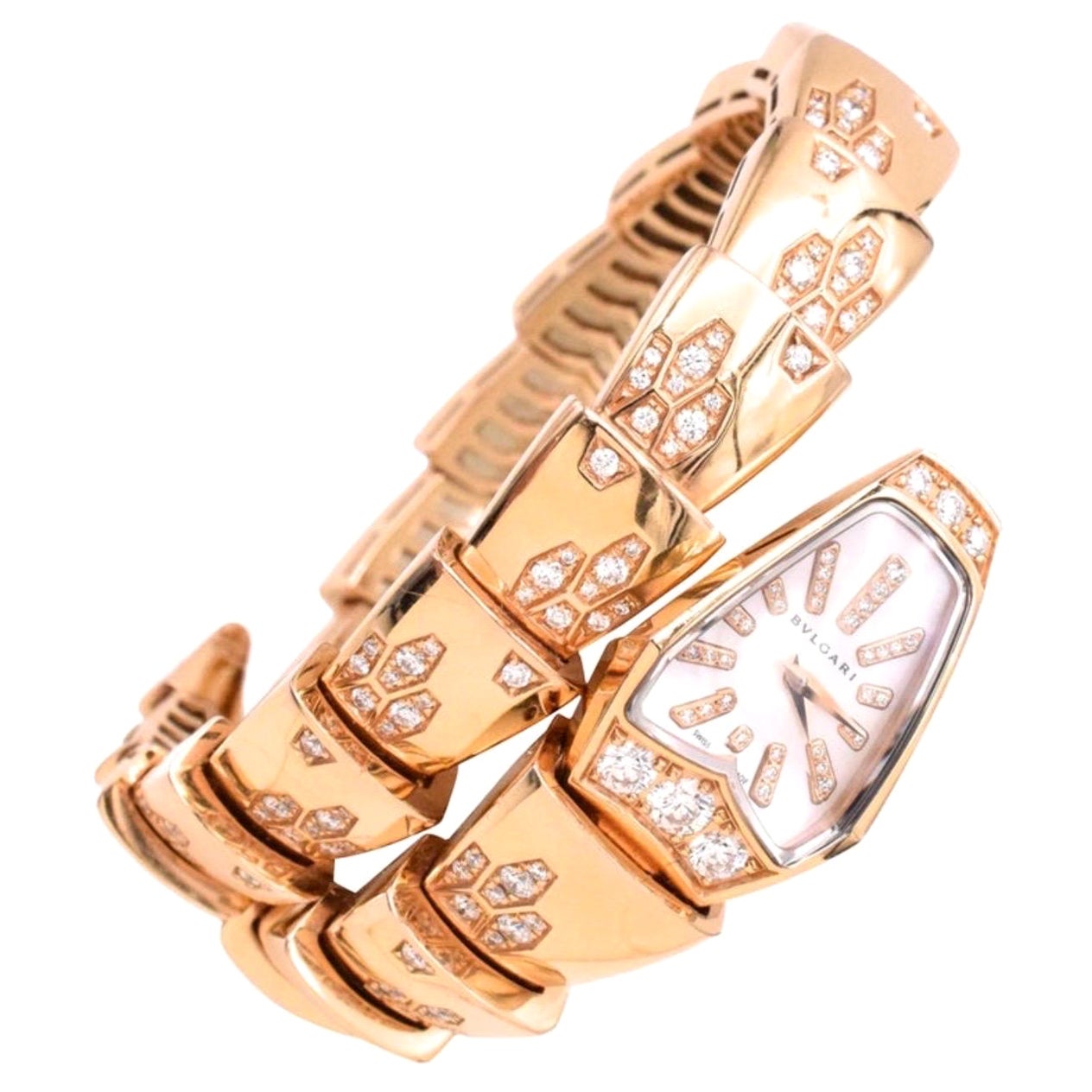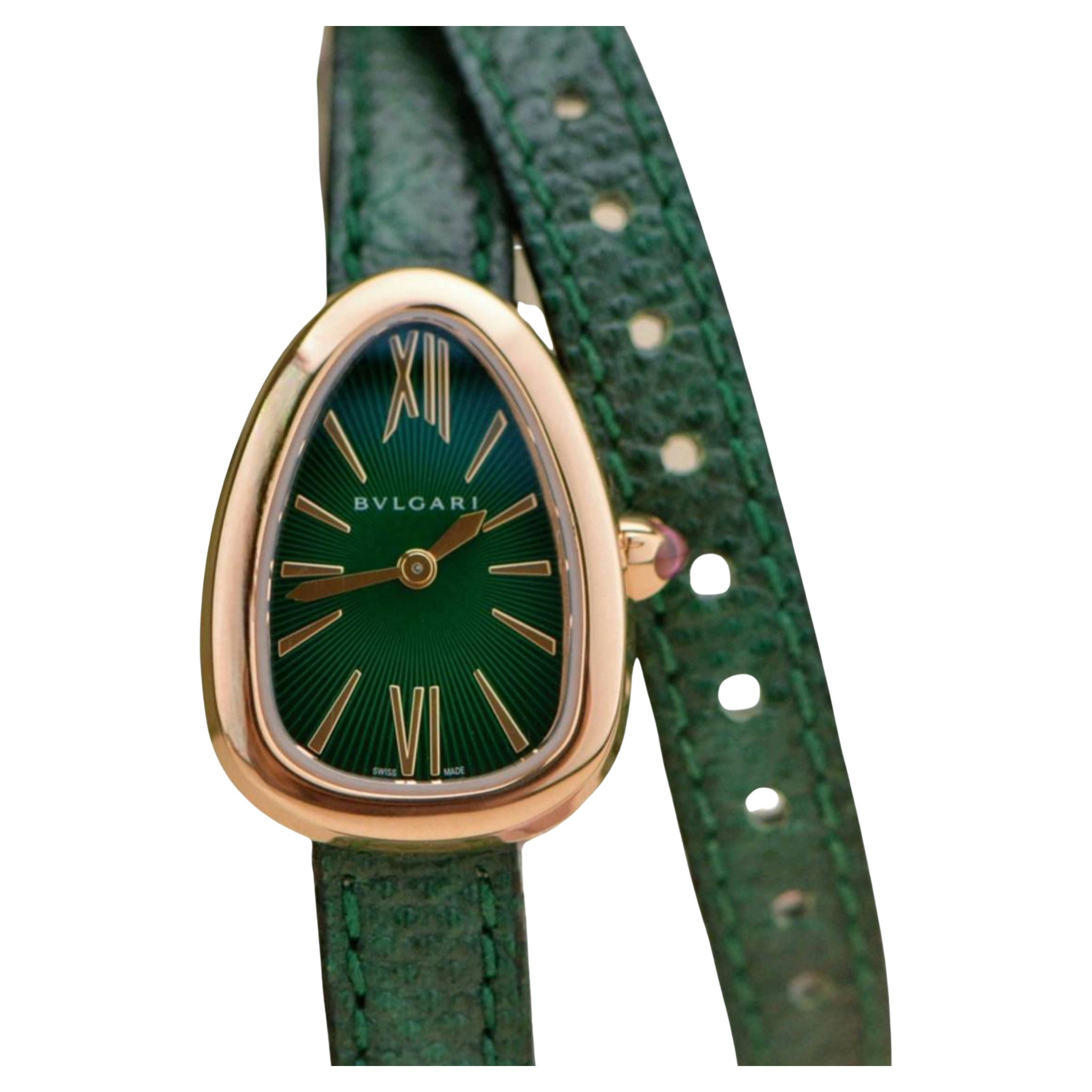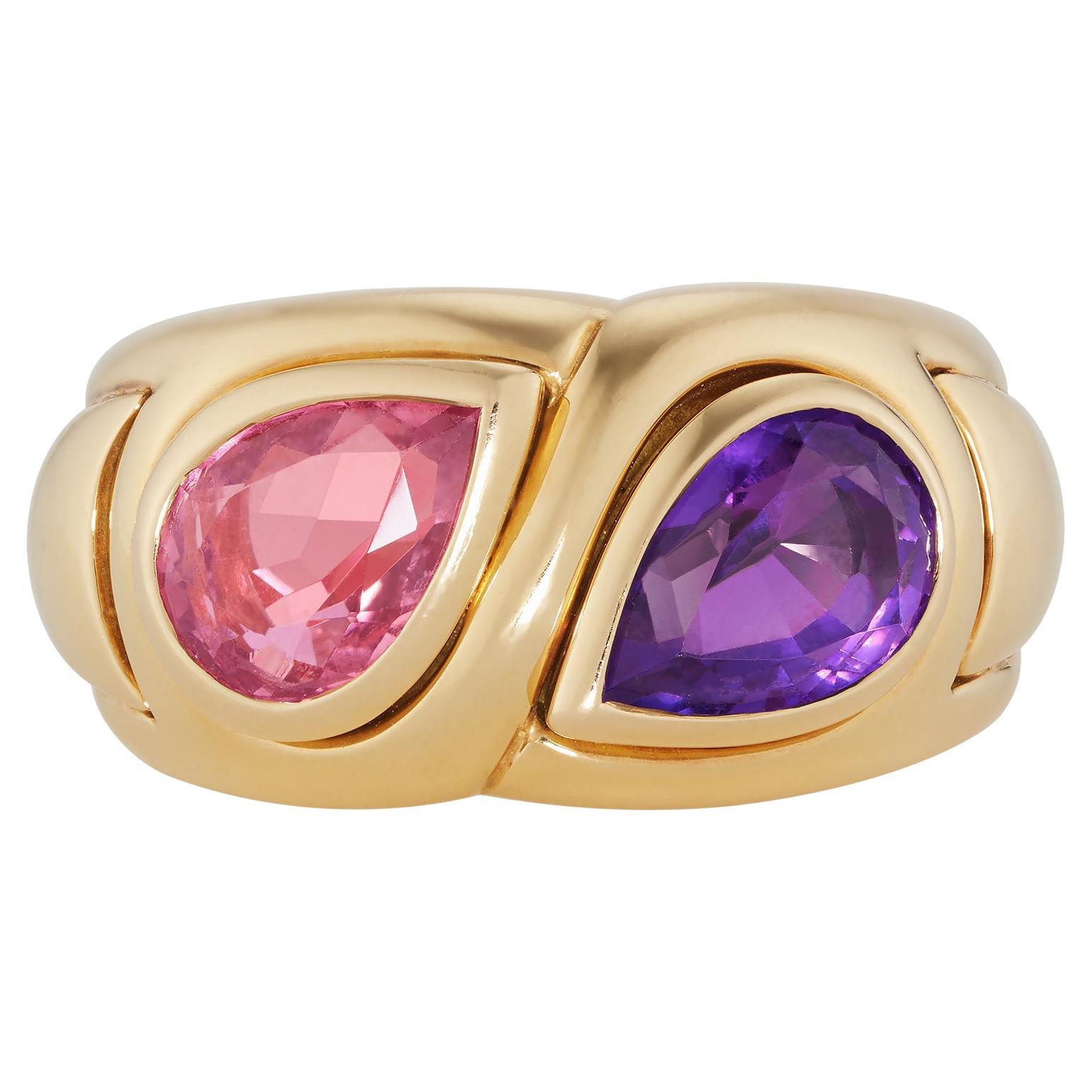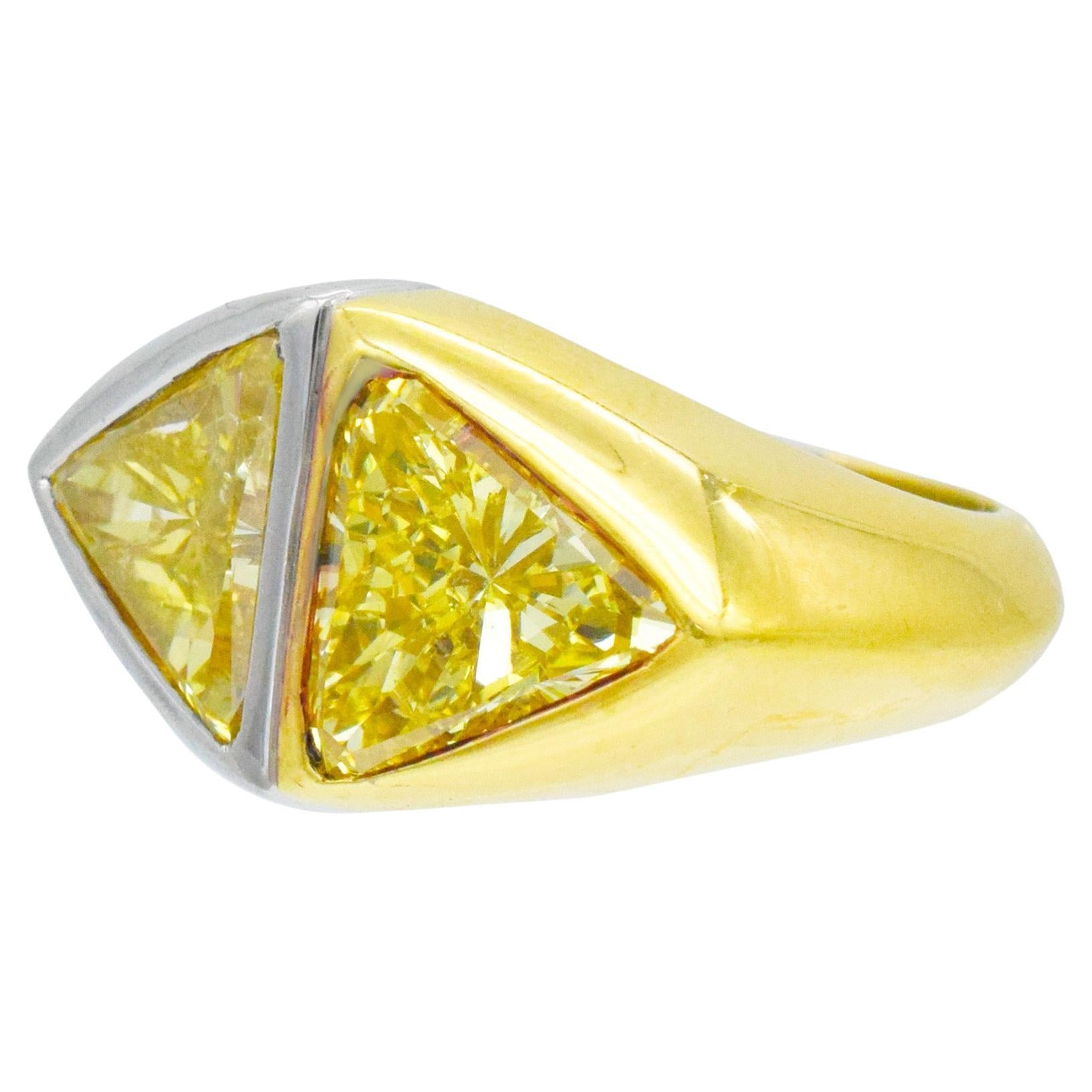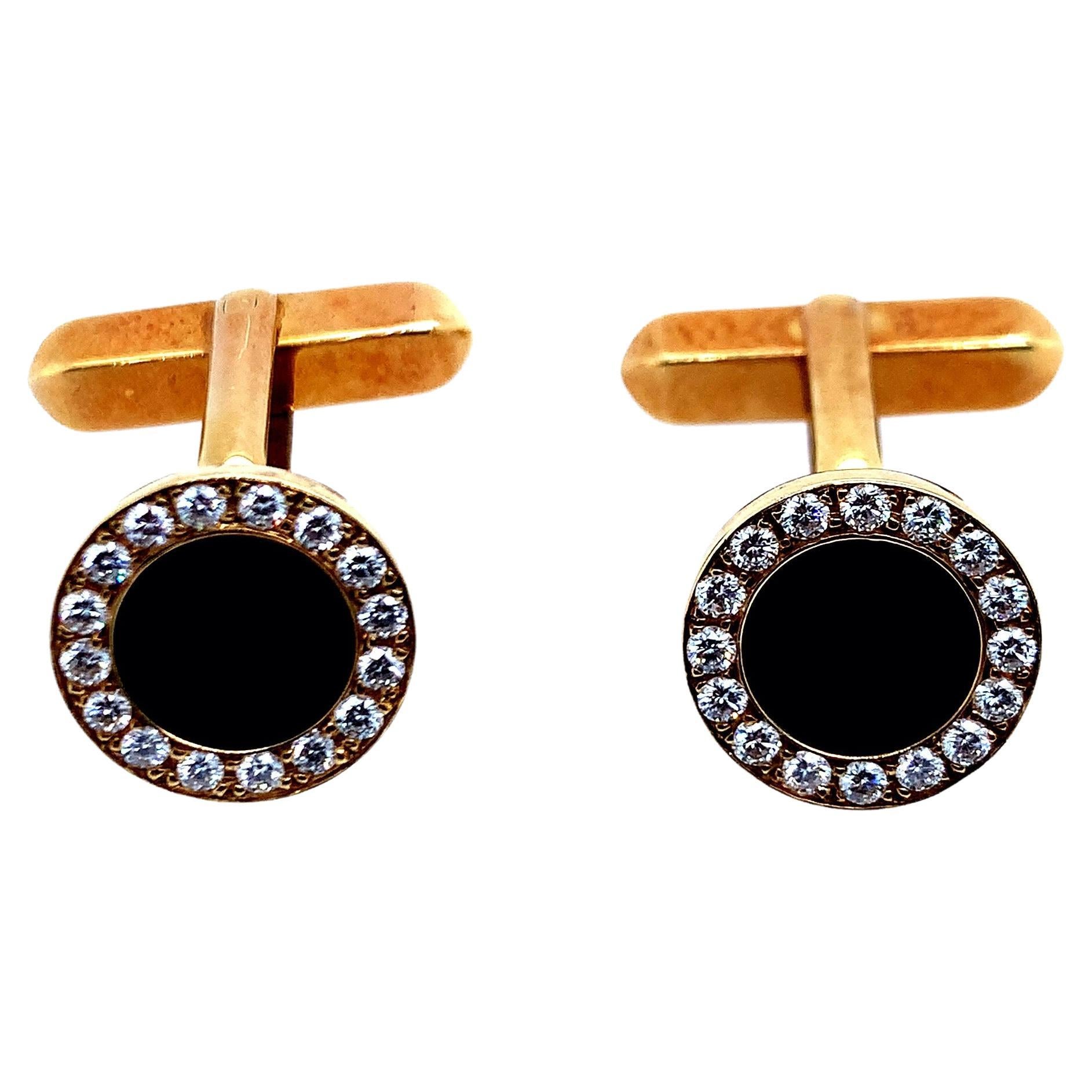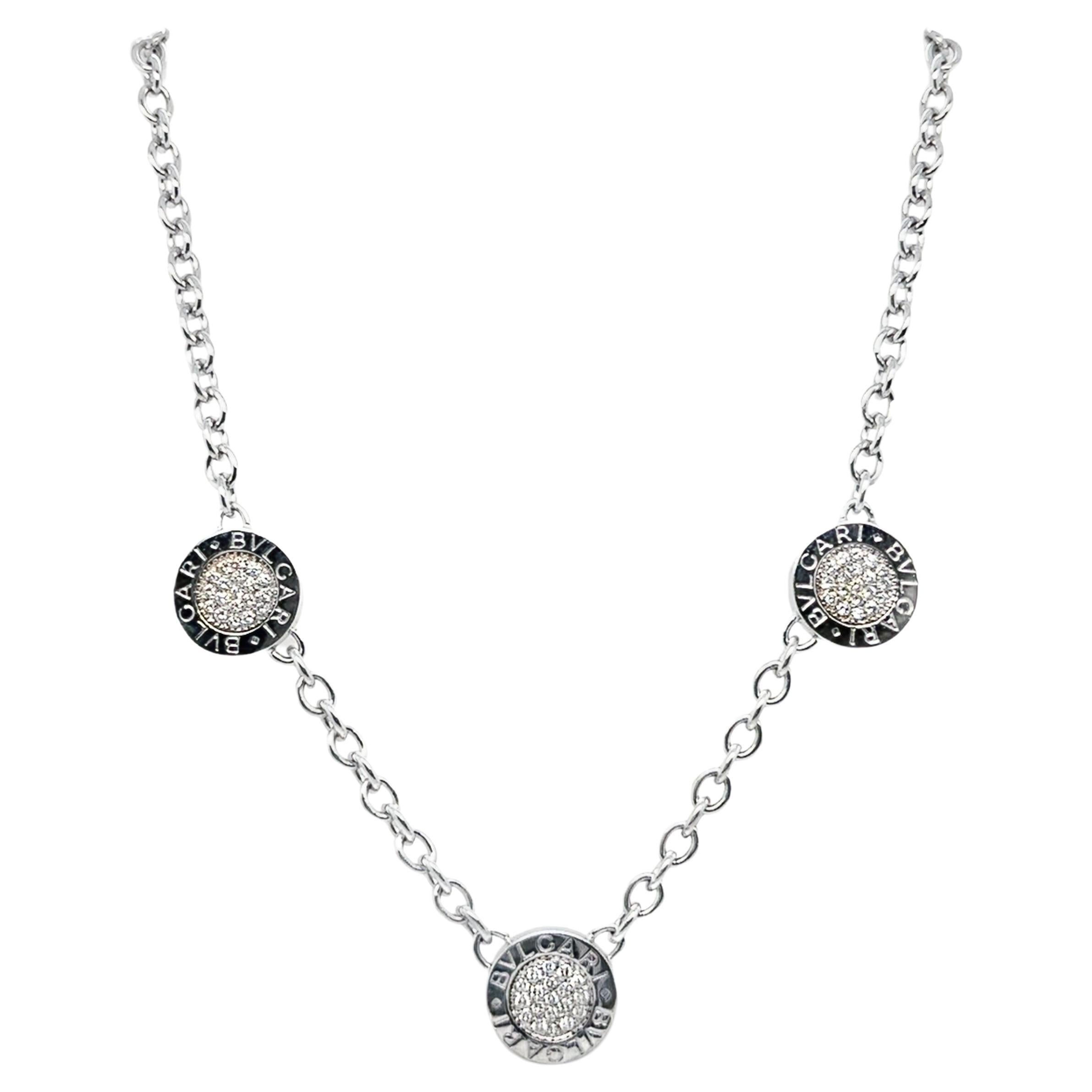
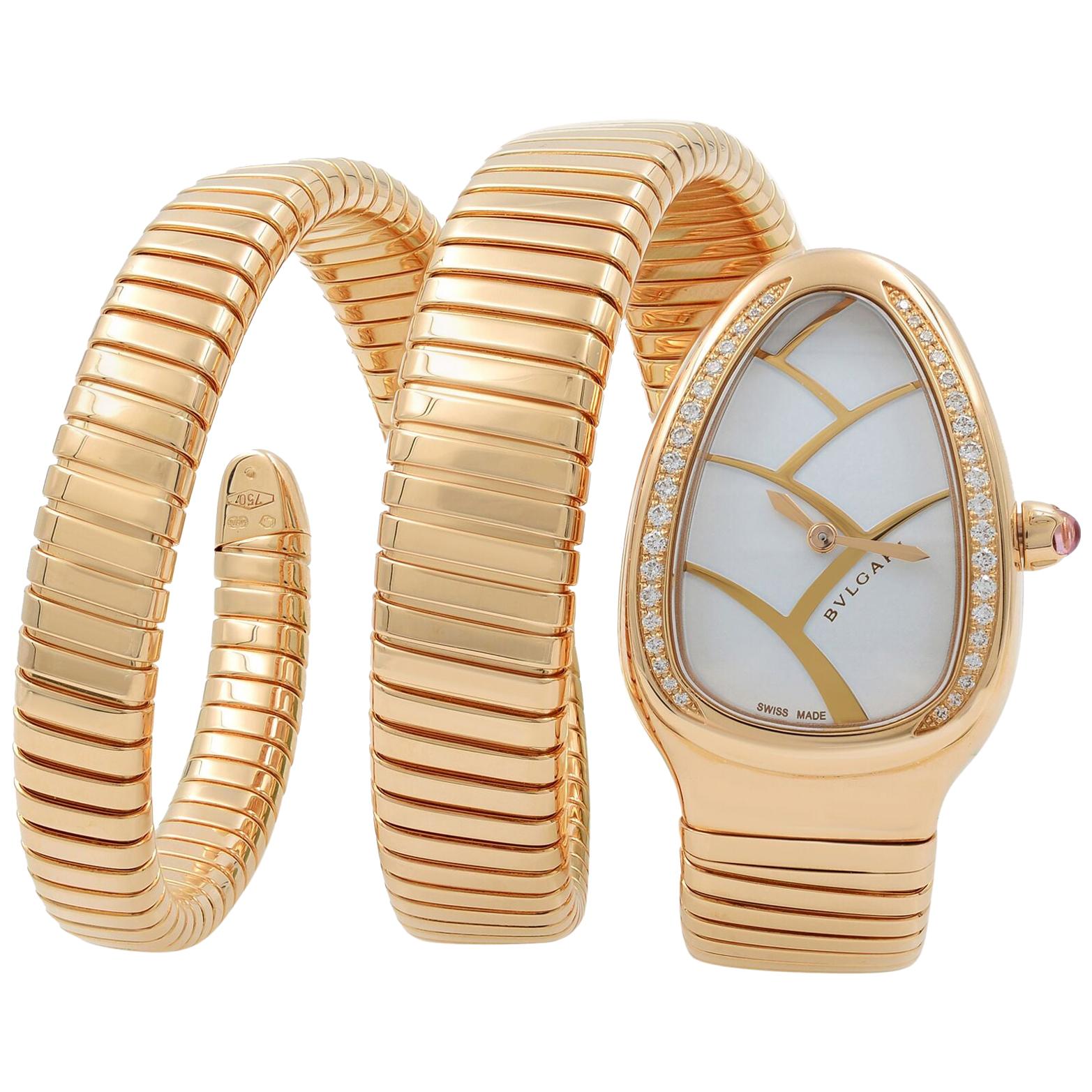
Serpenti CollectionBy Bulgari
Bulgari's Serpenti collection, which includes the Serpenti bracelet, the Serpenti watch and more, remains one of the Italian fine-jewelry house’s most recognizable to date. In fact, the collection’s snake motif — initially a tribute to Roman- and Hellenistic-era jewelry — quickly became an emblem of the brand, which was founded in 1884 by silversmith Sotirios Voulgaris (1857–1932). When he died, his sons Giorgio and Constantino took over the family business and designed a collection of wristwatches, all bearing a serpent, the mythological representation of time.
Giorgio and Constantino were inspired by a broadening interest in modernity as well as demand for luxury goods in postwar Italy. Although they debuted their small collection of snake-themed timepieces just after the war, the motif didn’t garner international fame until 1962, when a certain British-American actress was spotted wearing the Serpenti bracelet on a film set in Rome. When photos of Elizabeth Taylor donning the celebrated jewel began to dominate the tabloids, the collection took off.
The brothers experimented with their beloved serpent motif, starting with variations on the bracelet. During the 1960s, Bulgari introduced color to the collection with handmade enameled scales. With the Serpenti ring, the designers added gemstones such as peridot and pink tourmaline to the head, but retained the signature coiled shape of the serpent’s body.
Decades after its late-1940s debut, Serpenti continues to be one of Bulgari’s most popular and admired collections.
Shop Designs in the Collection
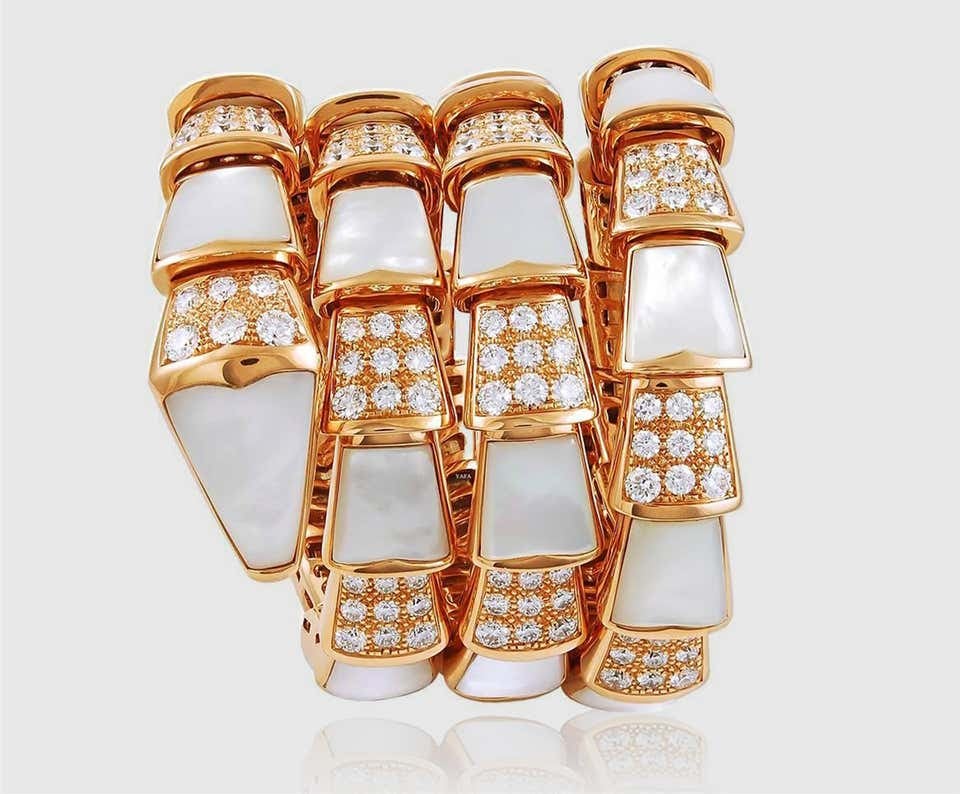
Greek silversmith Sotirios Voulgaris arrived in Rome in 1881 and set up his own shop there in 1884, calling it Bulgari, an Italianization of his last name (eventually spelled BVLGARI, using the classical Latin alphabet in a nod to ancient Roman culture). In 1905, he opened the company’s flagship boutique on Rome’s Via dei Condotti.
Although the house found success with its silverwork and Art Deco designs, popular through the 1920s, its signature style — bold, often using yellow gold embellished with big colorful gemstones — began to emerge when Sotirios’s sons inherited the business, in 1932. The brand truly hit its stride in the dolce vita era of the 1950s and ’60s, when the founder’s grandsons Paolo, Gianni and Nicola Bulgari decisively departed from demure traditional styles to develop the house’s exuberant multi-gem looks, attracting celebrity collectors like Elizabeth Taylor.
In the 1940s, Bulgari debuted perhaps its most famous design, the Serpenti bracelet watch. The piece’s snakelike coils were made possible by the tubogas jewelry technique, which links a flexible series of thin horizontal bands. Both the sleek, modern tubogas construction and the sinuous snake motif continue to be synonymous with the Bulgari brand.
Read More
Bulgari’s Serpenti Wristwatch Is the Power Piece of the Moment, Again
From Elizabeth Taylor to Zendaya, the Serpenti has been the accessory of choice for generations of it girls.
Bulgari Jewels in an Edenic Setting? Paradise Found
Harnessing the beauty of nature, the storied Italian design house leads us down the most luxurious garden path imaginable.
The Lasting Appeal of Bulgari Serpenti Jewelry
Beloved by style icons for decades, these snake jewels show no sign of slithering out of the spotlight.
